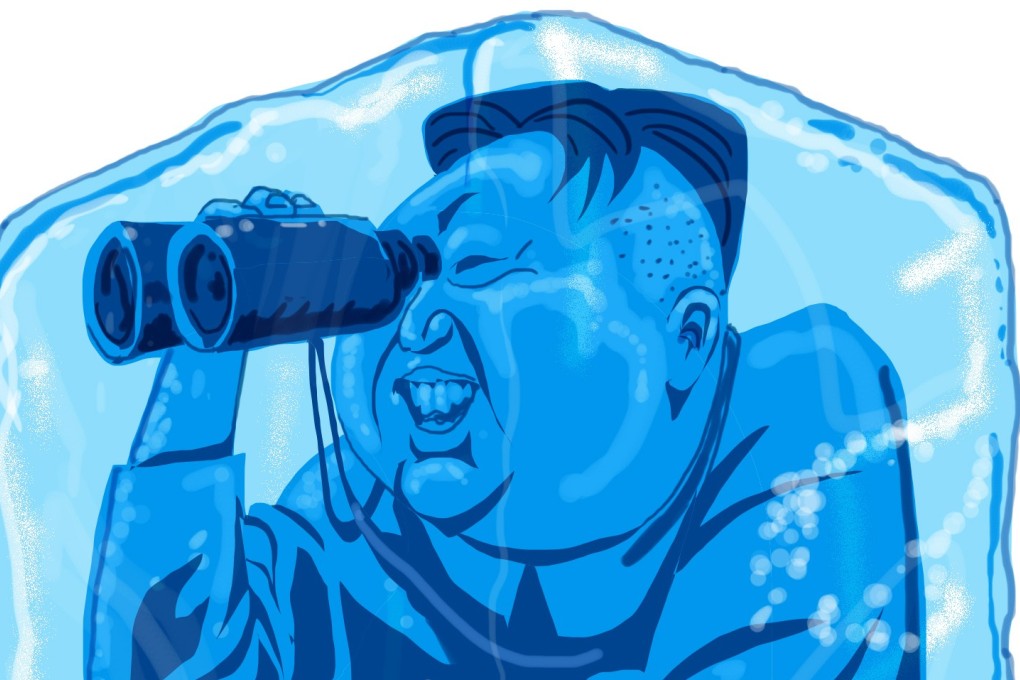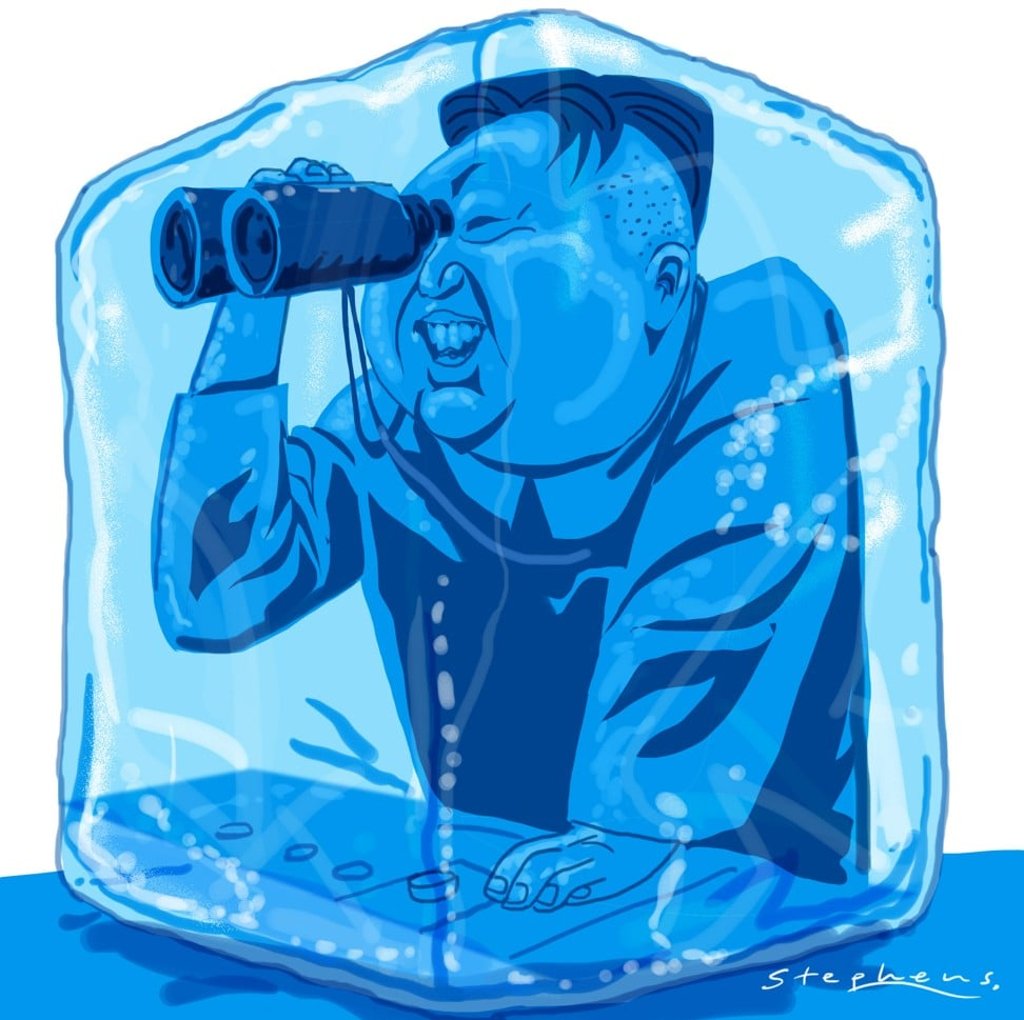Advertisement
Six steps to stop a war between North Korea and the US from starting
Kevin Rudd says that a binding agreement with concessions by both the US and North Korea can prevent hostilities that might result in catastrophic conflict
Reading Time:4 minutes
Why you can trust SCMP

Armed conflict on the Korean peninsula is an increasing possibility, but not a probability. I judge that the possibility is somewhere above 25 per cent, but less than the 50 per cent spoken of by others. But I’m worried that this number continues to edge upwards.
This reassessment has been driven in large part by the advances in North Korea’s military capabilities – most recently the launch of the Hwasong-15 intercontinental ballistic missile, which many analysts believe has the range to strike the east coast of the US. The core reason given by Pyongyang for the development of its missile and nuclear programmes is regime survival.
Advertisement
In China, there is a brutal assessment about how this may play out. Whatever pause or cessation of the North’s nuclear programme might be deliverable, the Chinese see little chance that the North will ever scrap its nuclear bombs or ballistic missiles altogether. This in turn frames Chinese diplomacy towards North Korea.
So what are the possible scenarios? Scenario one is that the United States, as China would wish, informally accepts North Korea becoming part of the global nuclear weapons club, and that the North develops its own sets of rules, procedures and doctrine that enable it to behave “responsibly” as a nuclear weapons state.
Advertisement
Scenario two is a US unilateral strike against the North’s known nuclear capabilities. Until recently, the view in Beijing was that Washington would never risk the possibility of a North Korean retaliation against South Korea and Japan, apart from the impact this would have on the US alliances with Seoul and Tokyo.
Advertisement
Select Voice
Choose your listening speed
Get through articles 2x faster
1.25x
250 WPM
Slow
Average
Fast
1.25x
